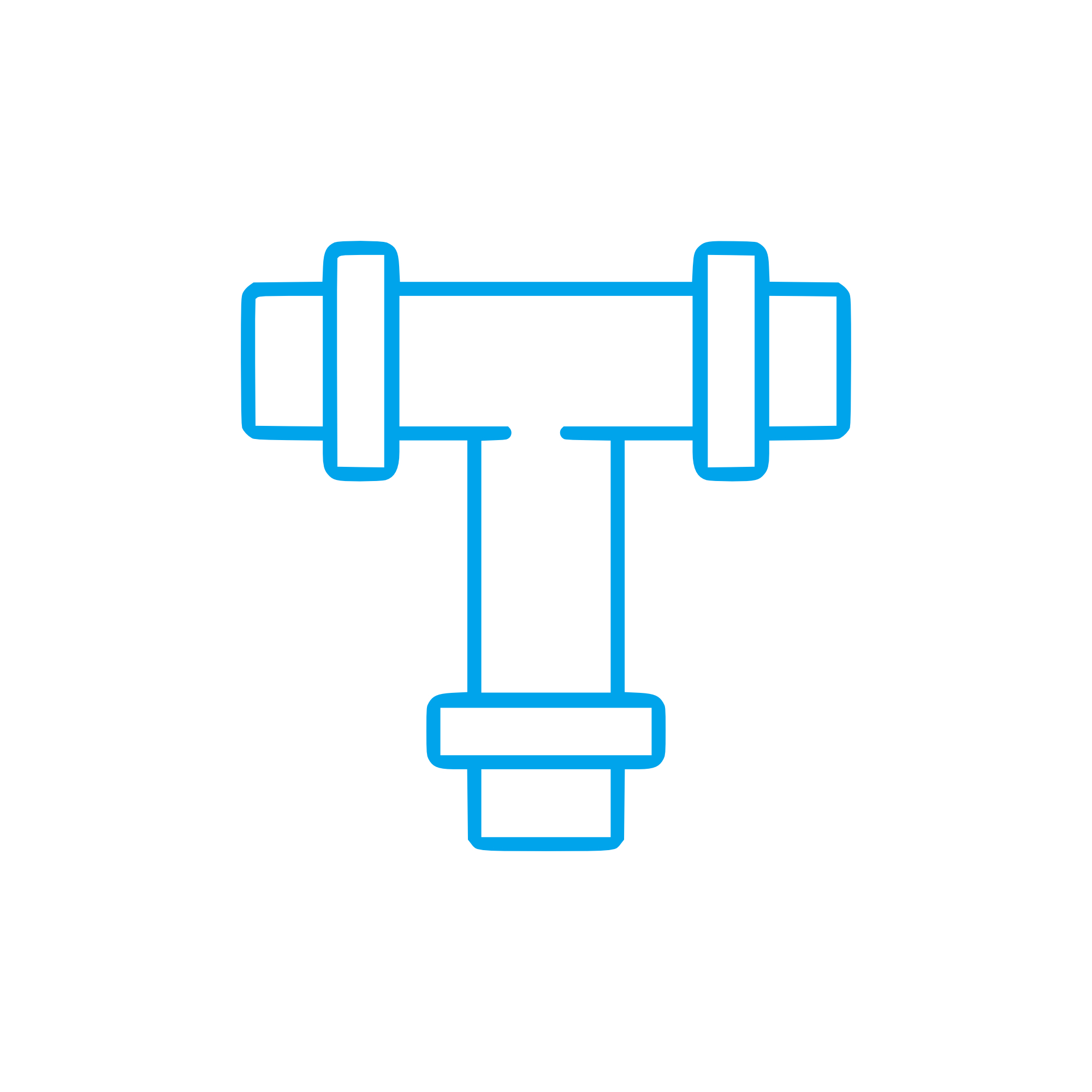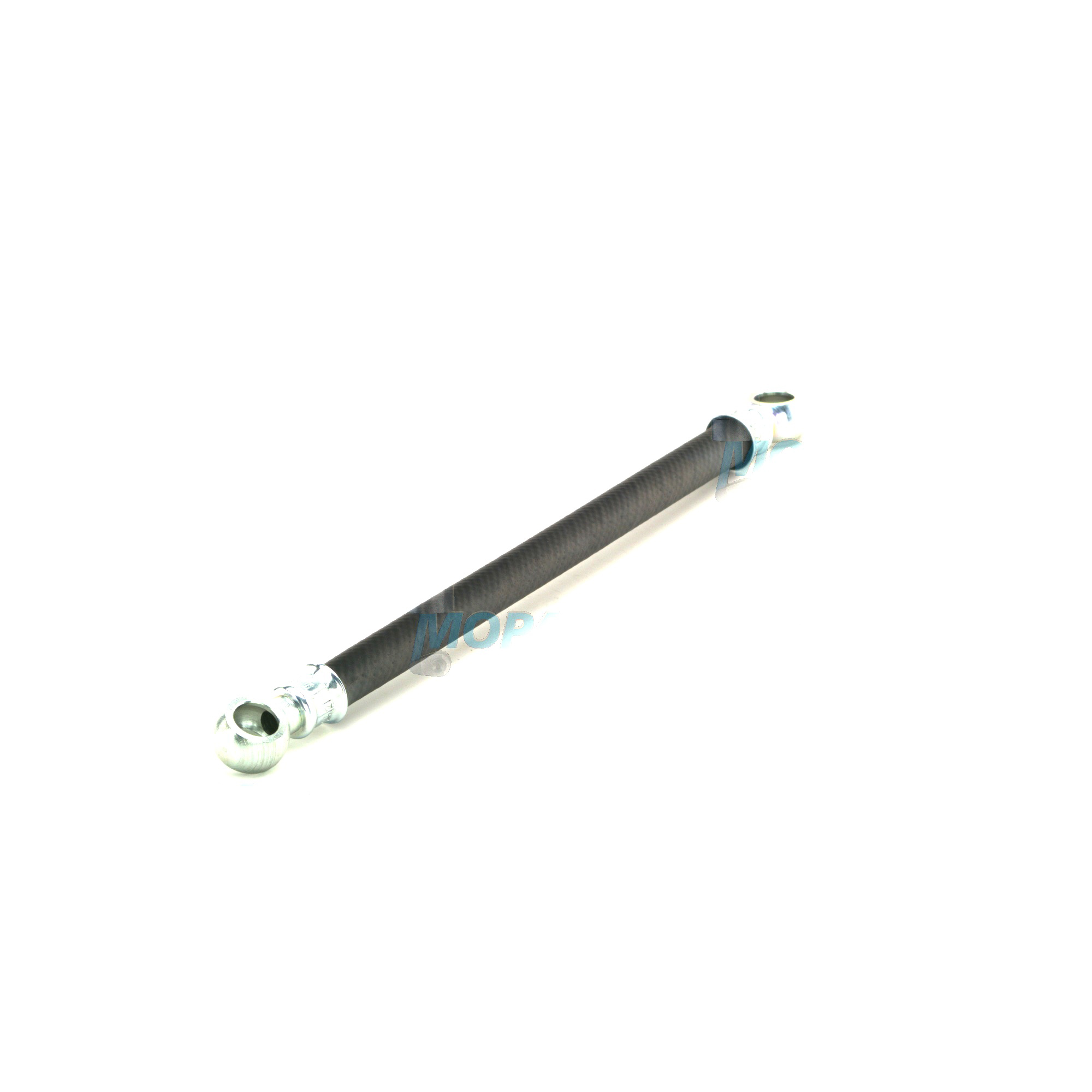HOSE LINE solutions for Lines and pipes in high-demand engines
Lines and pipes are the circulatory system of any propulsion or power-generation engine. This article category covers flexible hoses, rigid tubes, and formed pipes that route fuel, lubricating oil, coolant, air, exhaust gases, and hydraulic media to where they are needed. In both marine and land-based diesel and gas engines, precisely engineered Lines and pipes maintain stable fluid dynamics, protect components from heat and vibration, and safeguard the engine room from leaks. Their performance directly influences output, efficiency, and safety.
From low-pressure return hoses to high-pressure injection pipes and charge-air connections, every HOSE LINE and pipe must meet demanding pressure, temperature, and chemical resistance requirements. Materials range from stainless and CuNi alloys for corrosion-prone environments to PTFE, FKM, NBR, EPDM, and silicone elastomers with textile or wire reinforcement. Correct selection, routing, and fastening are essential for reliable operation across thousands of service hours.
Technical function of Lines and pipes in a diesel or marine engine
Lines and pipes establish defined pathways for critical media in the engine and auxiliary systems. In fuel systems, rigid pipes and flexible sections connect day tanks, filters, pumps, and injectors. High-pressure pipes preserve injection timing and pressure wave integrity, while return lines stabilize temperature and prevent vapor lock. In lubrication circuits, formed steel pipes and flexible hoses feed main bearings, turbochargers, and valve trains, maintaining film strength and heat removal. Cooling circuits rely on elastomer or silicone HOSE LINE sections to bridge engine movement and vibration, linking pumps, heat exchangers, liners, and charge-air coolers.
Air system piping and silicone cuffs carry clean intake air and high-temperature charge air, with smooth bends and correct diameters to minimize pressure drop and surge. Exhaust and EGR pipes withstand thermal cycling and pulsations, ensuring emissions components receive the right flow. Hydraulic and pneumatic control lines transmit pressure signals to governors, actuators, and safety devices. Across all these circuits, proper wall thickness, bend radius, end-forming (flared, beaded, or swaged), and fittings (BSP, NPT, JIC, DIN 24°) prevent micro-leaks, fretting, and fatigue failures.
A well-specified HOSE LINE for marine engine service integrates fire-resistant covers, conductive liners to dissipate static, and corrosion-resistant couplings. Likewise, a HOSE LINE in a diesel engine must manage pulsation, vibration, and temperature while maintaining burst and impulse ratings. With HOSE LINE OEM parts, flow capacity, dimensional tolerances, and sealing faces match the engine maker’s specification, protecting performance and uptime.
- · Robust pressure and temperature ratings for fuel, oil, coolant, and air.
- · Corrosion resistance for saline and humid environments.
- · Vibration and movement compensation to protect rigid connections.
- · Precision end fittings for leak-tight, repeatable assembly.
- · Optimized internal geometry to reduce pressure loss and cavitation.
- · Fire-resistant and antistatic options for engine room safety.
- · Proven compatibility with diesel, biofuels, oils, glycols, and gas-engine media.
- · Traceability and documentation to support compliance and class approvals.
Why Lines and pipes are critical for reliability and service life
Reliable fluid conveyance underpins engine health. Any restriction, leak, or ingress of air can cascade into costly failures. Worn fuel lines can introduce air bubbles, causing hard starting, power loss, or injector damage. Corroded or chafed oil pipes risk pressure drops that starve bearings and turbochargers, accelerating wear and potentially leading to catastrophic failures. Degraded coolant hoses may weep or burst, triggering overheating, liner cavitation, or cracked cylinder heads. Charge-air leaks reduce turbo efficiency and raise exhaust temperatures, increasing fuel consumption and emissions.
Typical failure modes include external abrasion, internal swelling or delamination from incompatible media, ozone and thermal aging, pitting corrosion, and fatigue at unsupported spans or tight bends. Properly selected Lines and pipes with correct clamps, supports, heat shields, and allowance for thermal expansion mitigate these risks. Regular condition checks—looking for soft spots, cracks, blistering, corrosion under clamps, and loose fittings—combined with timely replacement on critical circuits preserves engine availability and extends service intervals.
Advantages of OEM spare parts suitable for Lines and pipes
HOSE LINE OEM parts that protect performance, budget, and uptime
Using OEM spare parts suitable for Lines and pipes ensures that geometry, materials, and interface details match the engine platform precisely. That means correct lengths, bend profiles, and routing that preserve flow and avoid stress concentrations. Fitting threads, sealing cones, and ferrules match mating components, preventing assembly damage and rework. Burst pressure, impulse life, and temperature ratings are validated to the engine’s duty cycle—vital for continuous marine service or high-load power generation.
Beyond performance, OEM spare parts reduce total cost of ownership. Consistent quality shortens installation time and minimizes the risk of leaks that can cause clean-up costs, fuel loss, and unplanned downtime. Documented compliance helps with surveys and regulatory audits, while shared specifications across engine variants simplify inventory for fleet operators. In short, OEM spare parts suitable for Lines and pipes maintain efficiency, reliability, and service life while protecting your maintenance budget.
MOPA as your partner for OEM parts Lines and pipes
MOPA is an experienced and dependable partner for OEM spare parts Lines and pipes. We source and supply HOSE LINE and pipe assemblies for diesel and gas engines with speed, quality, and security—backed by rigorous supplier evaluation and full traceability. Whether you operate a coastal vessel, offshore asset, or land-based power plant, our team ensures the right specification for your application, from fuel and lube oil circuits to charge air and cooling systems.
With streamlined logistics and knowledgeable technical support, MOPA helps you reduce downtime, standardize across fleets, and maintain compliance. Our focus is OEM parts for marine engine and stationary engine platforms, enabling fast, confident procurement with predictable performance.
Conclusion
Lines and pipes are mission-critical to every engine, and the right HOSE LINE selection directly influences safety, efficiency, and availability. Choosing OEM spare parts suitable for Lines and pipes secures precise fit, proven durability, and dependable operation—helping your equipment deliver consistent power over a long service life.




